Repairing Tree Bark Damage


Trees are often thought of as towering giants that are difficult to kill. Many people are often surprised to find out that removing tree bark can actually harm a tree. Tree bark damage is not only unsightly but can be deadly to a tree.
Tree Bark Function
For all intents and purposes, tree bark is the skin of the tree. The main tree bark function is to protect the phloem layer. The phloem layer is like our own circulatory system. It brings the energy produced by the leaves to the rest of the tree.
How Removing Tree Bark Affects a Tree
Because the tree bark's function is to protect the layer that brings food, when tree bark is scratched or damaged, this tender phloem layer below is also damaged.
If the tree bark damage goes less than 25 percent of the way around the tree, the tree will be fine and should survive without a problem, provided that the wound is treated and is not left open to disease.
If the tree bark damage goes from 25 percent to 50 percent, the tree will suffer some damage but most likely will survive. Damage will appear in the form of lost leaves and dead branches. Wounds of this size need to be treated as soon as possible and should be watched carefully.
If the tree bark damage is greater than 50 percent, the life of the tree is at risk. You should call a tree care professional to help you repair the damage.
If the tree is damaged around 100 percent of the tree, this is called girdling. It is very difficult to save a tree with this much damage and the tree will most likely die. A tree-care professional may try a method called repair grafting to bridge the gap in the bark and allow the tree to live long enough to repair itself.
Gardening tips, videos, info and more delivered right to your inbox!
Sign up for the Gardening Know How newsletter today and receive a free copy of our e-book "How to Grow Delicious Tomatoes".
Repairing Tree Bark Scratched or Damaged
No matter how much of the tree bark has been damaged, you will need to repair the wound.
If the tree is simply scratched, wash the wound out with plain soap and water to help reduce the number of pathogens that may be in the scratch and that could cause further damage. Wash the wound thoroughly with plain water after this. Allow the scratch to heal in the open air. Do not use a sealant.
Method 1 - Clean cutting the wound
If the damage to the bark is small enough that the tree is likely to survive on its own, you should still make sure that it heals cleanly. Jagged wounds will interfere with the tree's ability to transport nutrients, so you will need to clean cut the wound. You do this by removing tree bark by cutting an oval around the circumference of the damage. The top and bottom of the wound will be the four points of the oval. Do this as shallowly and as close to the wound as possible. Let the wound air heal. Do not use sealant.
Method 2 - Bridge grafting
If the damage is more severe, especially if the tree has been girdled, you will need to intervene to make sure the tree can still transport nutrients. That's what bridge grafting is: literally building a bridge across the barkless area for nutrients and sap to travel. To do this, cut scions (twigs from last season's growth, about the width of your thumb) from the same tree.
Make sure they are long enough to span the damaged area in a vertical direction. Trim the edges of the damaged bark away, and insert the ends of the scion underneath. Make sure that the scion is pointing in the same direction in which it was growing (narrower end pointed up) or it won't work. Cover up both ends with grafting wax to keep them from drying out.

Heather Rhoades founded Gardening Know How in 2007. She holds degrees from Cleveland State University and Northern Kentucky University. She is an avid gardener with a passion for community, and is a recipient of the Master Gardeners of Ohio Lifetime Achievement Award.
-
 4 Superfast Composting Methods: Turn Waste Into Garden Gold In 30 Days Or Less
4 Superfast Composting Methods: Turn Waste Into Garden Gold In 30 Days Or LessTry the fastest composting methods to turbocharge your pile and transform kitchen scraps and garden waste into finished compost in just a few weeks.
By Mary Ellen Ellis
-
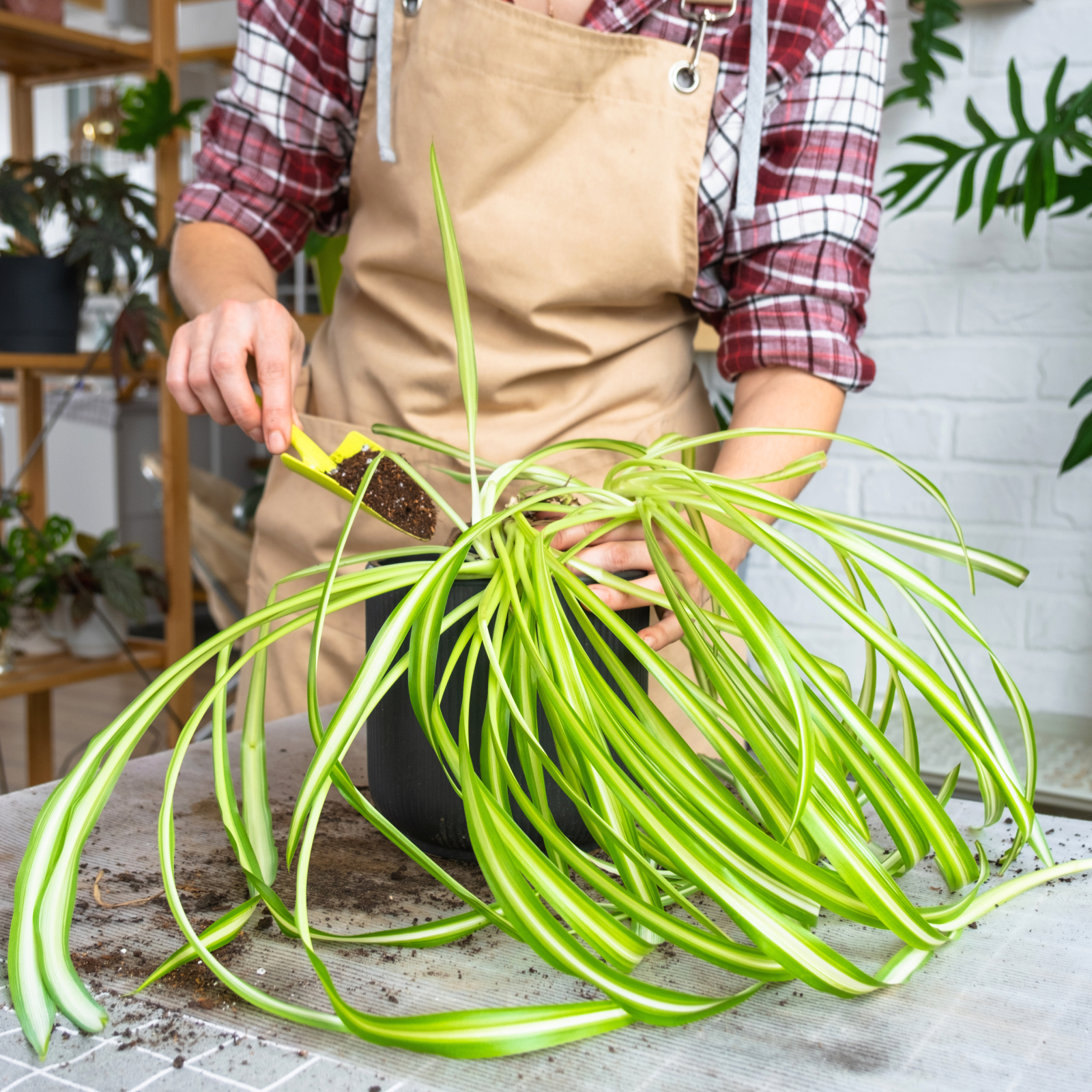 Best Spider Plant Soil – Complete Soil Guide And Expert Tips For Keeping Plants Happy
Best Spider Plant Soil – Complete Soil Guide And Expert Tips For Keeping Plants HappySpider plants are fun and easy plants to grow, but what is the best soil for a spider plant? Selecting the right soil is important so they can thrive.
By Bonnie L. Grant
-
 Best Trees For Carbon Sequestration And Climate Change
Best Trees For Carbon Sequestration And Climate ChangeLet’s keep planting trees. They are our best bet for capturing carbon and may help with our global warming issues.
By Teo Spengler
-
 7 Invasive Trees You Should Never Plant In Your Yard Or Garden
7 Invasive Trees You Should Never Plant In Your Yard Or GardenWhat are some invasive trees you should never plant in your yard? Click here to find out.
By Teo Spengler
-
 How Close Can You Plant A Tree To A Stump?
How Close Can You Plant A Tree To A Stump?Looking to plant new trees near old stumps or where stumps have been removed? Click here to learn how.
By Teo Spengler
-
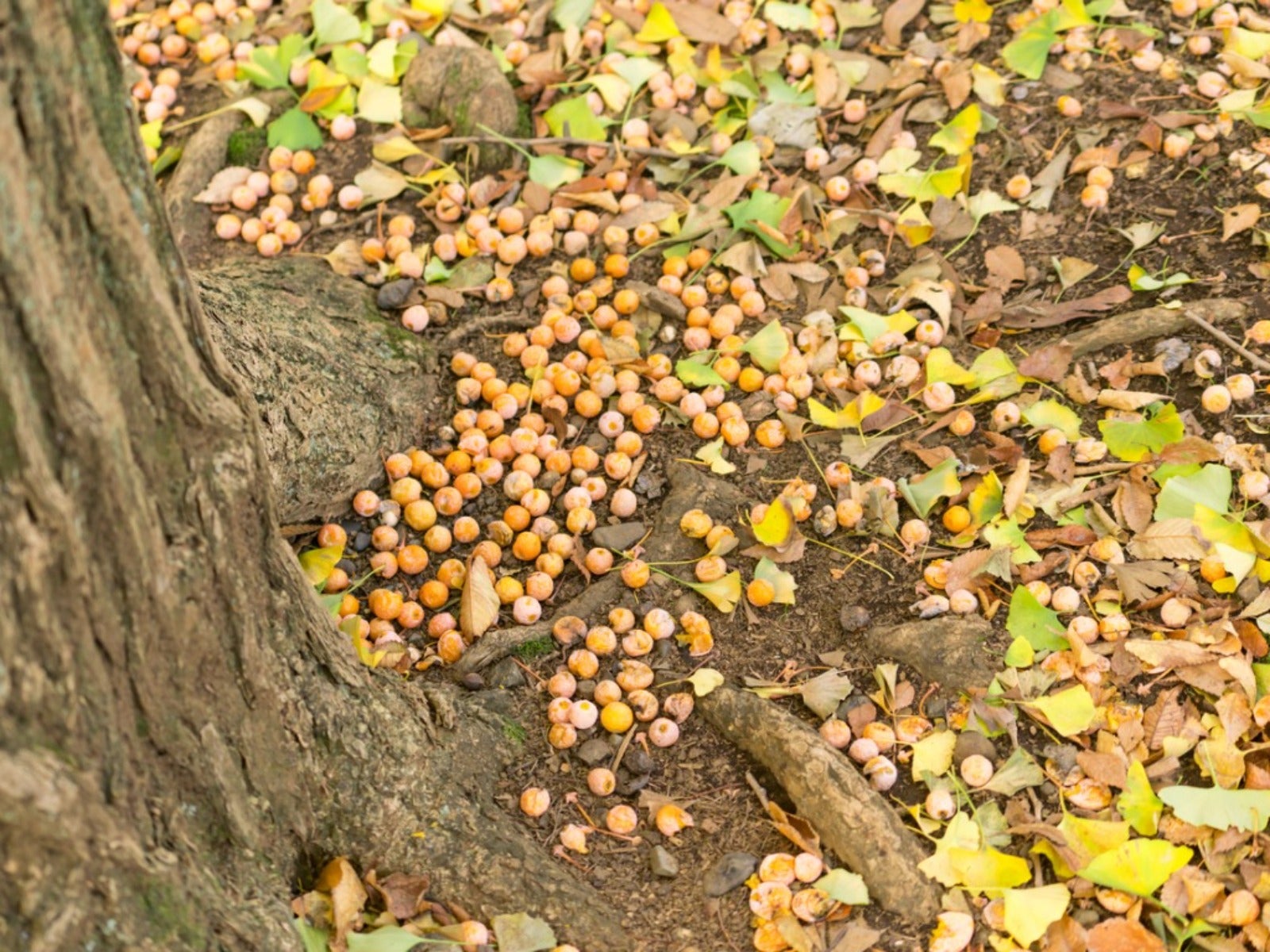 Messiest Trees That Drop Debris Everywhere
Messiest Trees That Drop Debris EverywhereWant to know which trees will create the biggest messes in your home landscape? Click here to find out.
By Amy Grant
-
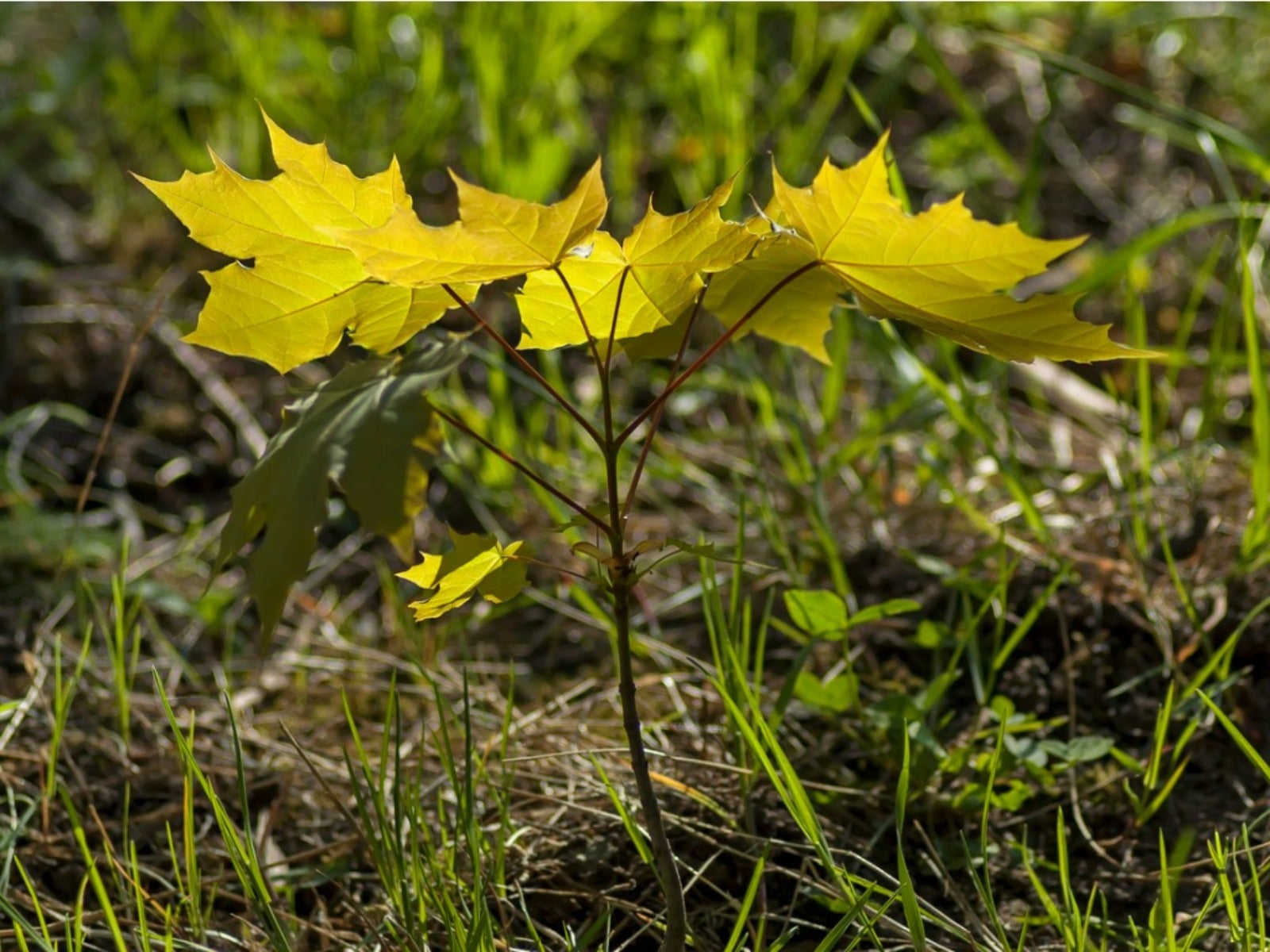 How To Get Rid Of Tree Sprouts In The Yard From Nearby Trees
How To Get Rid Of Tree Sprouts In The Yard From Nearby TreesLearn the simple way to keep pesky tree seedlings in your lawn from becoming saplings.
By Teo Spengler
-
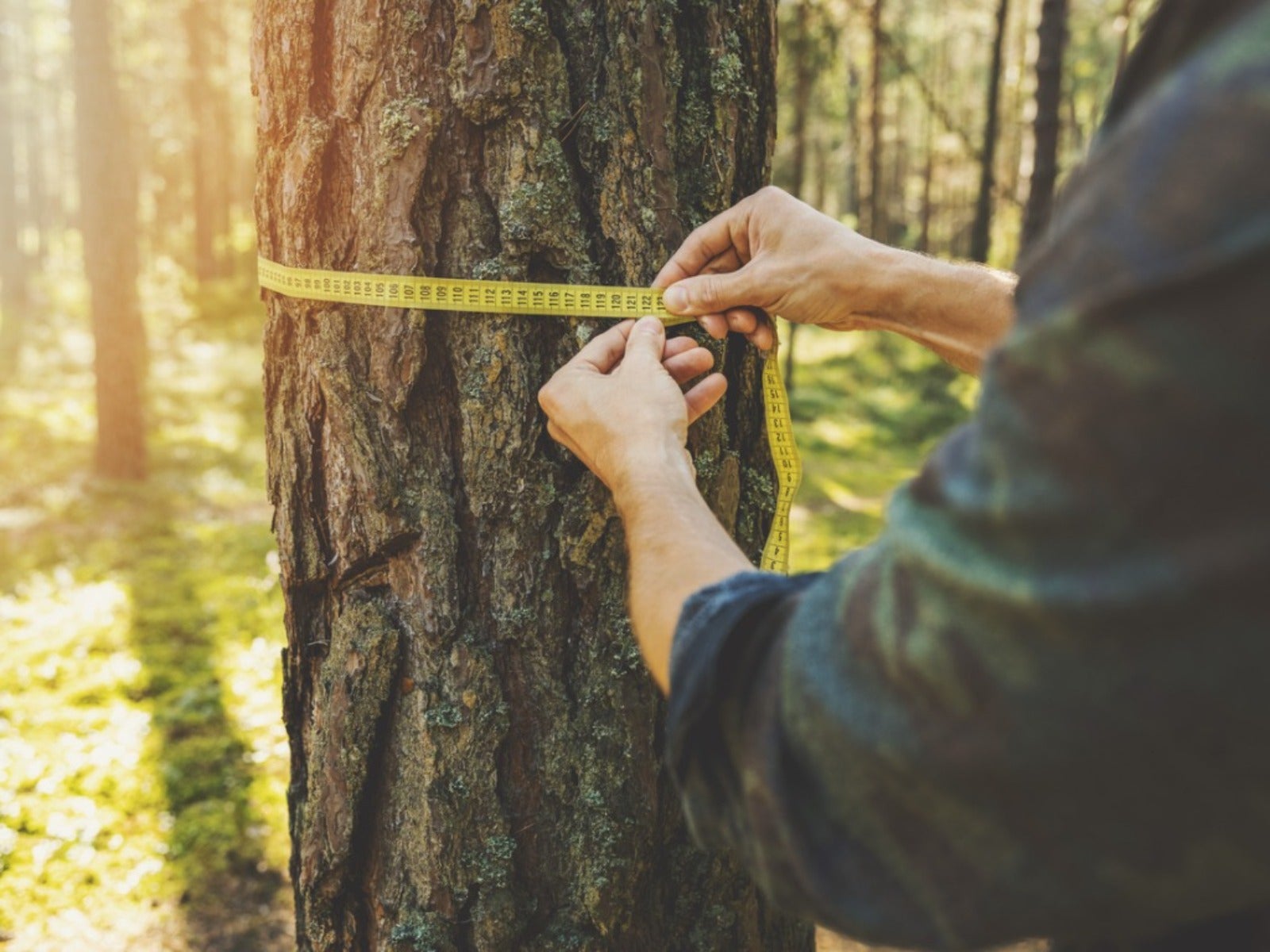 How To Tell How Old A Tree Is
How To Tell How Old A Tree IsEver wondered how to calculate the age of a tree? Click here to learn all about it.
By Teo Spengler
-
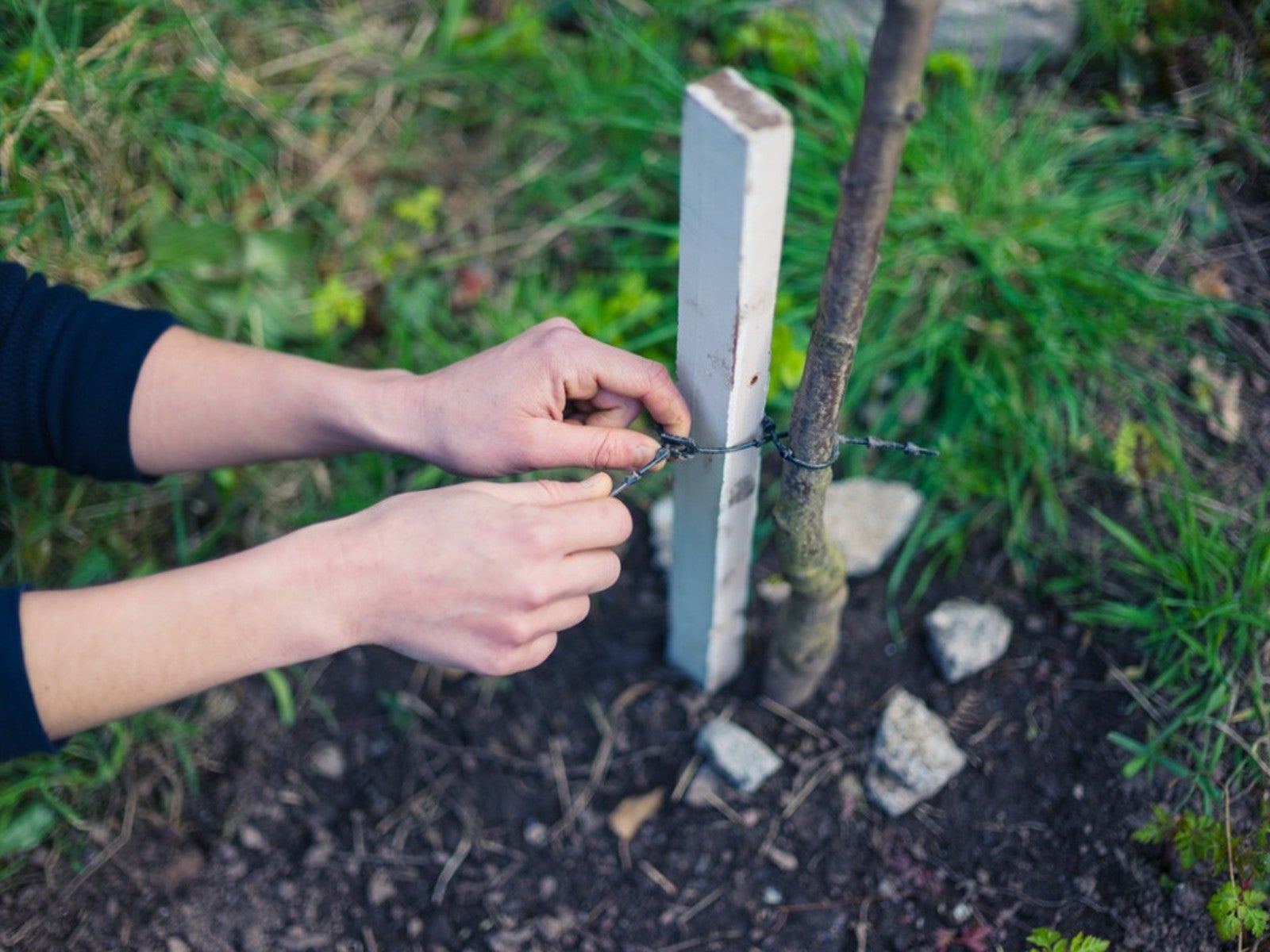 When To Remove Tree Stakes From Saplings
When To Remove Tree Stakes From SaplingsA newly planted tree may grow strong when it’s staked, but don’t forget to remove the stakes when it’s stable.
By Teo Spengler
-
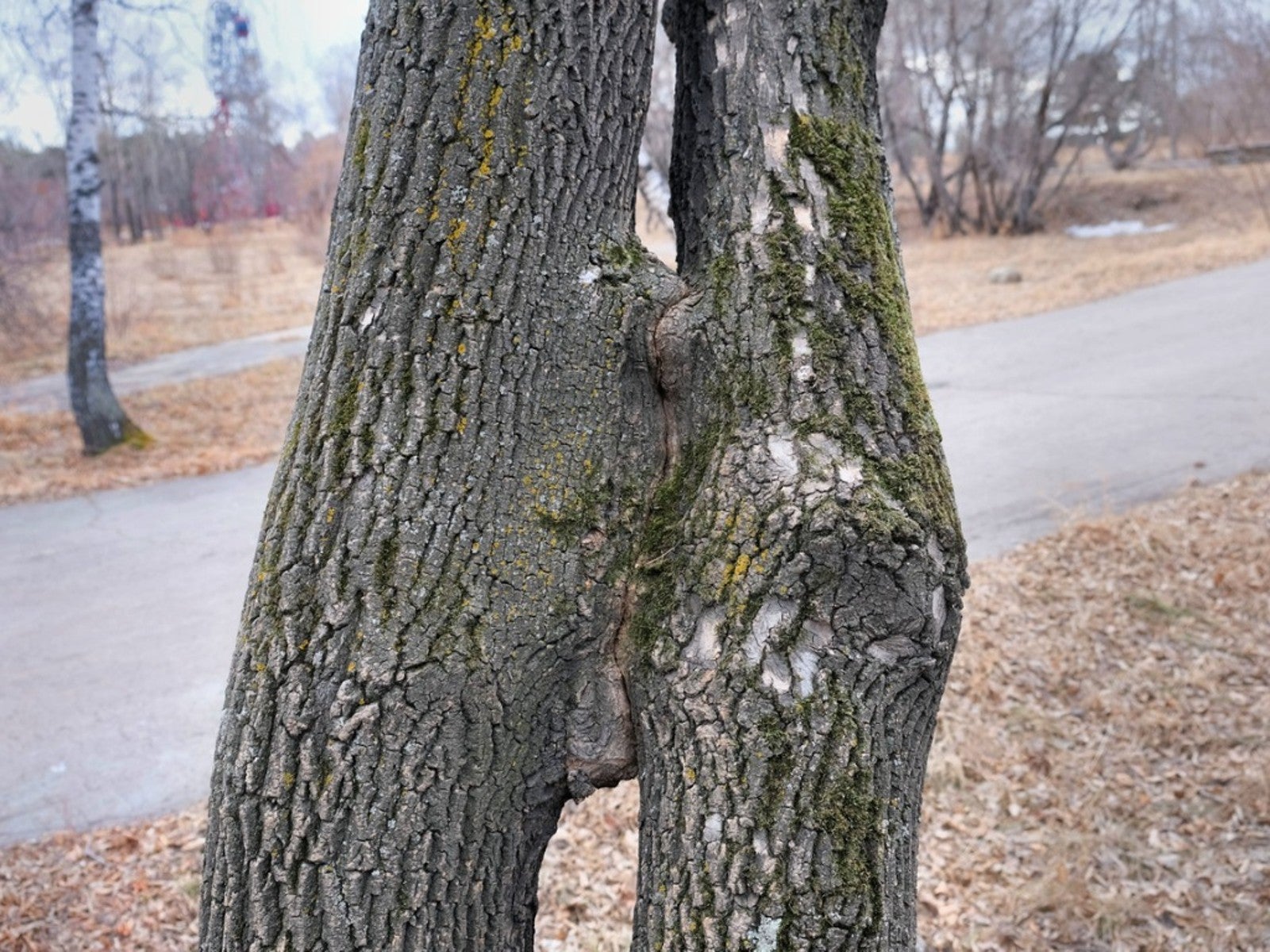 Inosculation And Trees Growing Together
Inosculation And Trees Growing TogetherIf you ever see two trees that have bonded and grown together, read here to learn why and how it happens.
By Teo Spengler